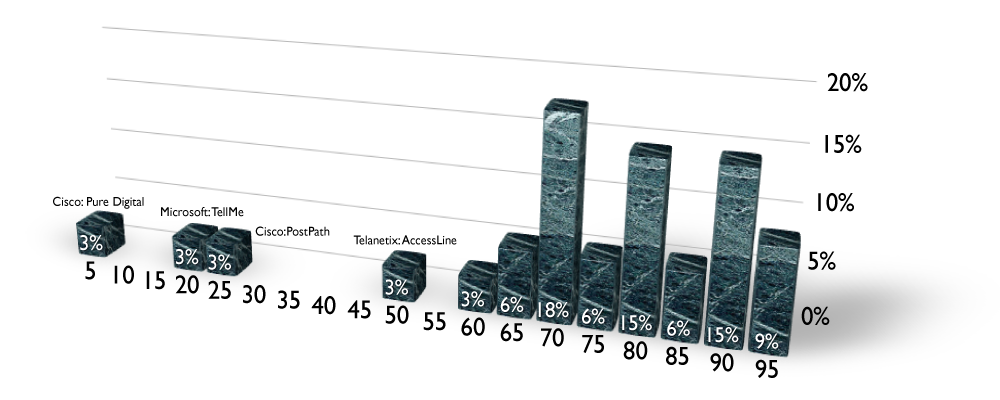Lynn Cowan of the Wall Street Journal wrote a terrific story on the mechanics of successful IPOs as reported by Ernst & Young. Here are the highlights from E&Y's study of 110 IPOs from 2006 and the first half of 2007 were compared to the performance of the Russell 5000:
75% of IPOs that acquired a company shortly after going IPO outperformed the index.
Companies with fewer than 40 professional investors (mutual funds and the like) underperformed the index more than twice as often as those who had outperformed it.
There is no relationship between first day returns and long-term value.
Separate research by a professor from the University of Florida showed that revenue has bigger impacts in terms of success. Companies IPOing with less than $10 million in sales tend to do poorly, while companies with more than $50 million in sales do better in the long run.
{shadowboxwtw2}To me, these results are pretty obvious – sell your IPO to lots of investors, make sure you have enough value in the core business to create enough revenue ($50 million sounds like the target), and be ready to increase the pool of stock and accelerate the revenue growth by acquiring a complementary company.{/shadowboxwtw2}









